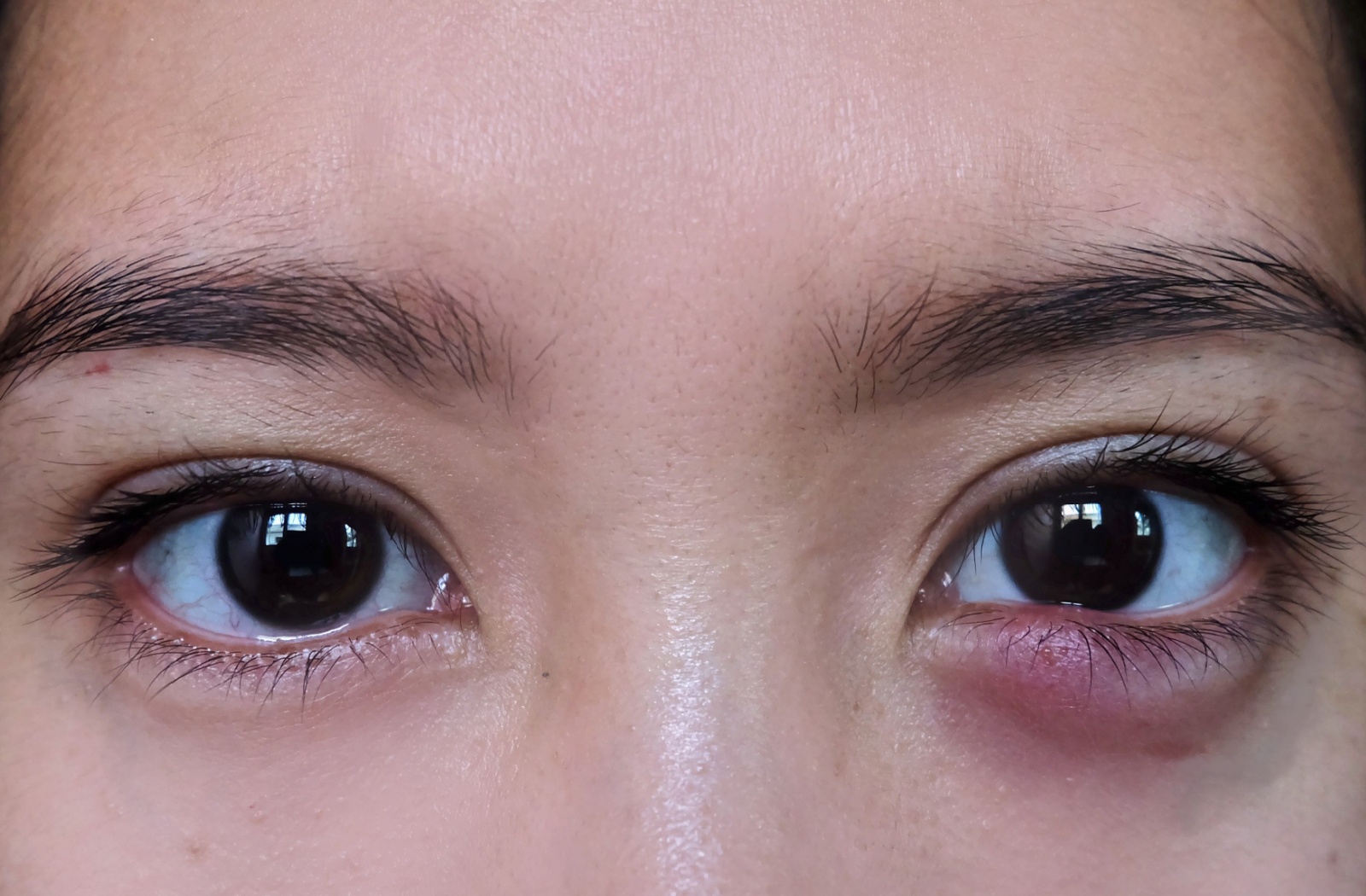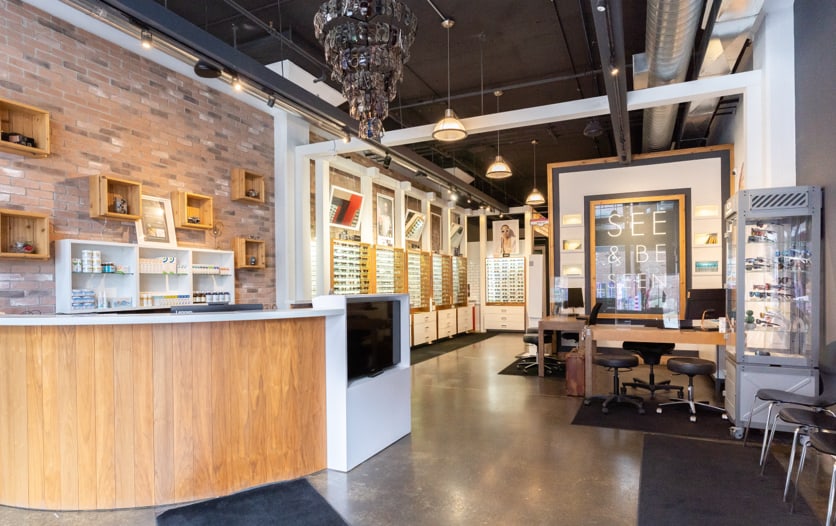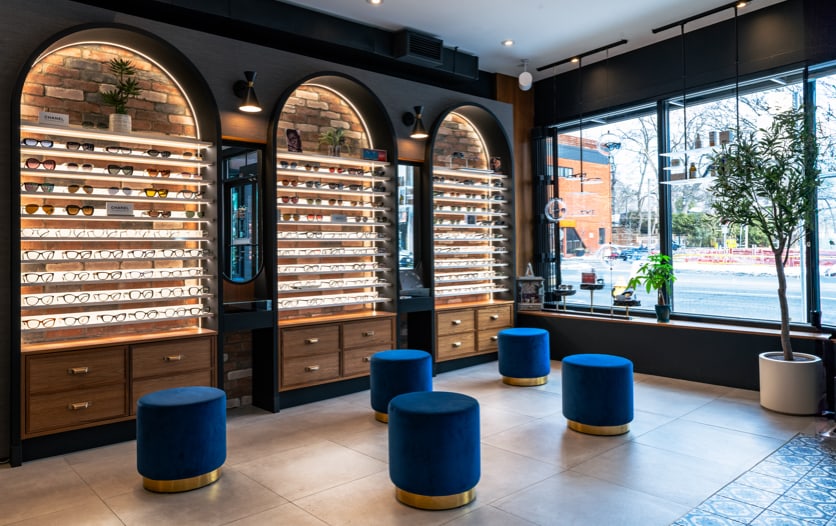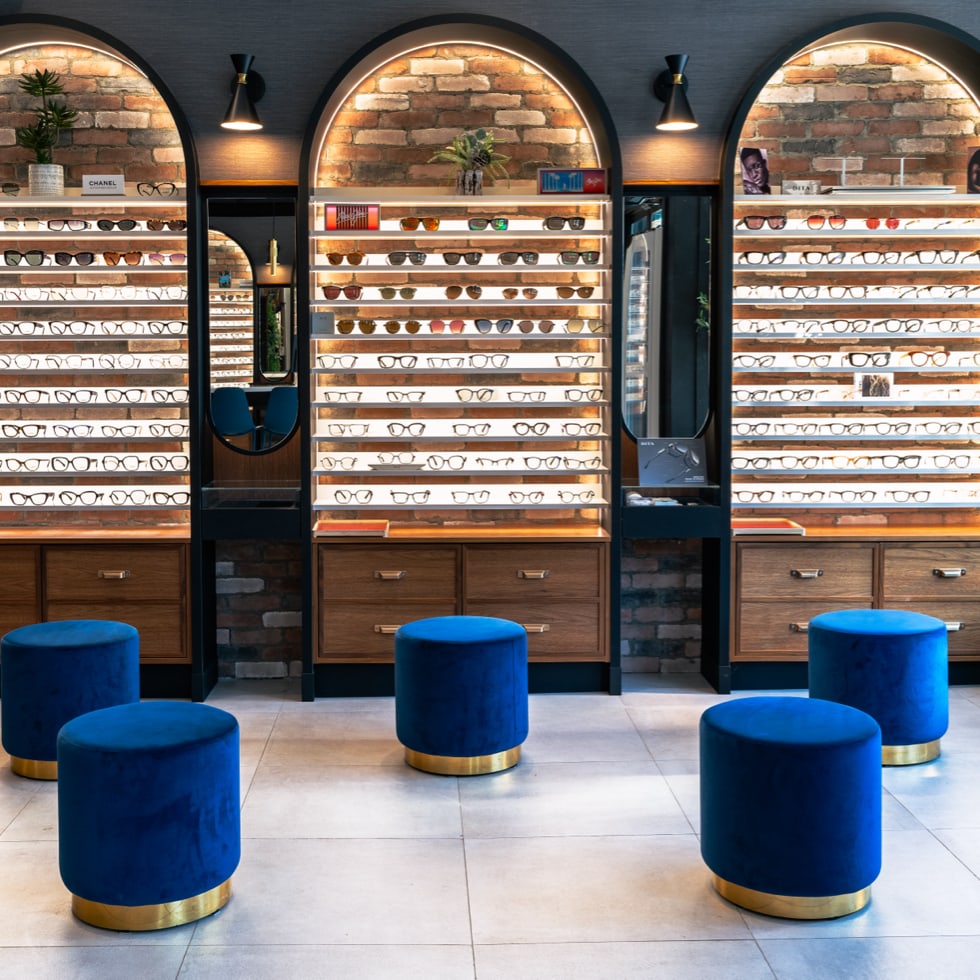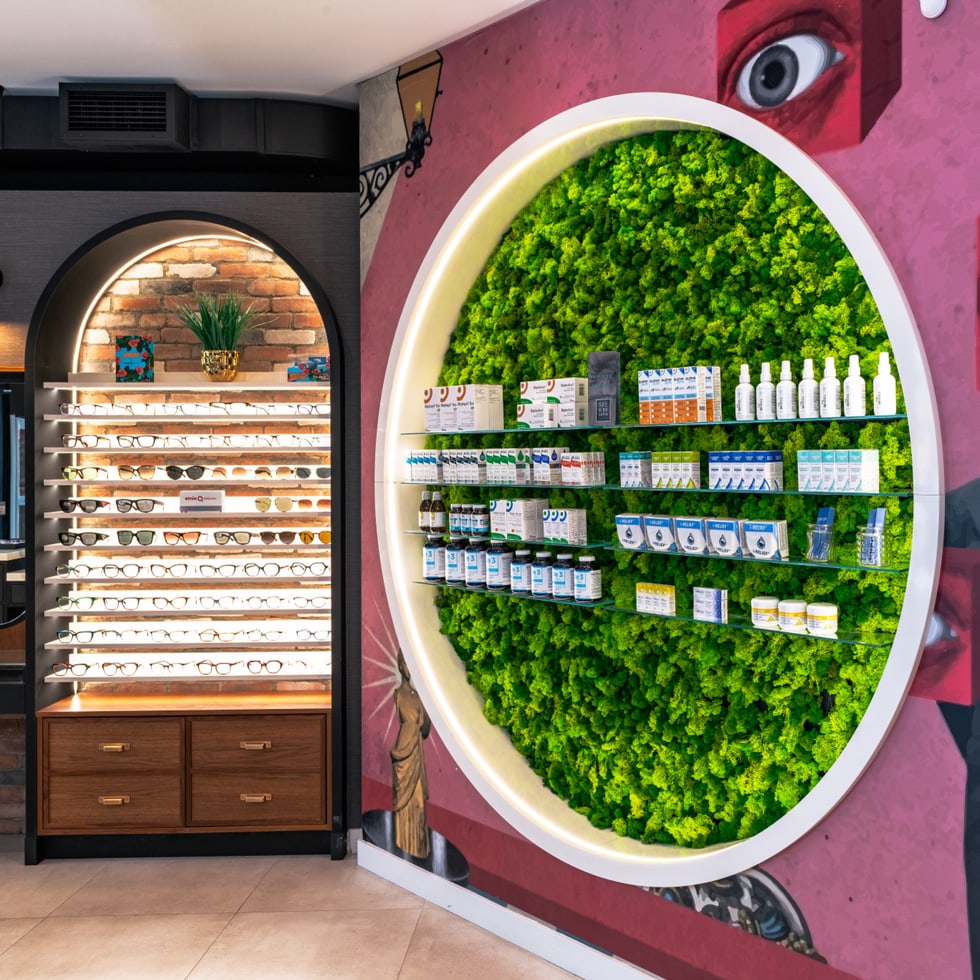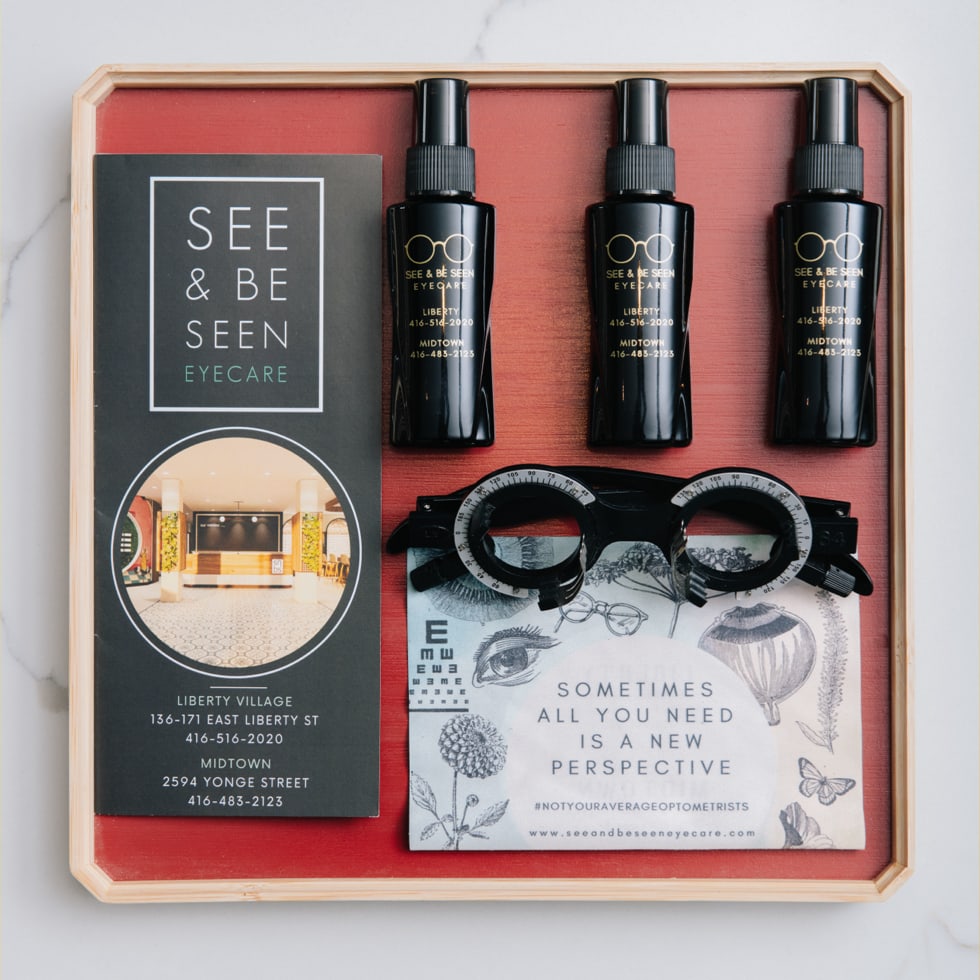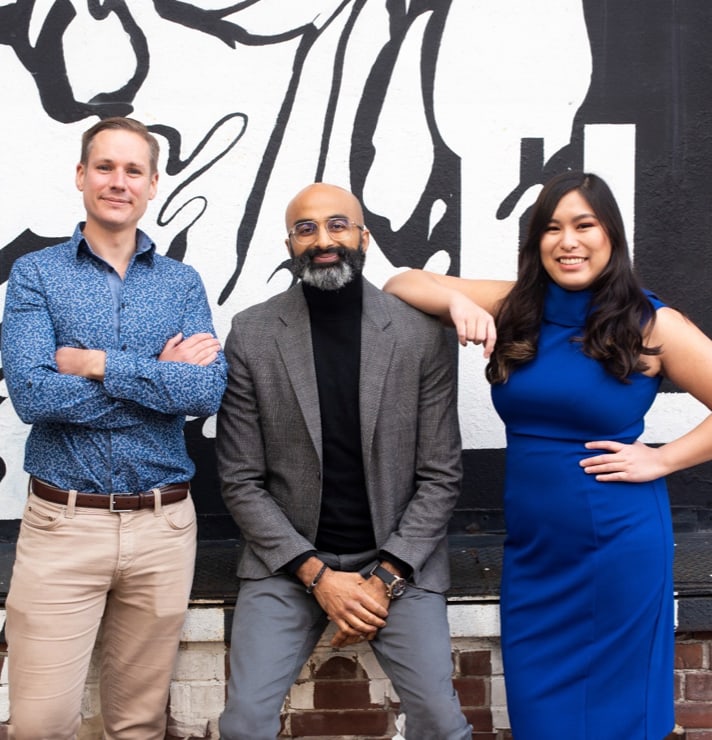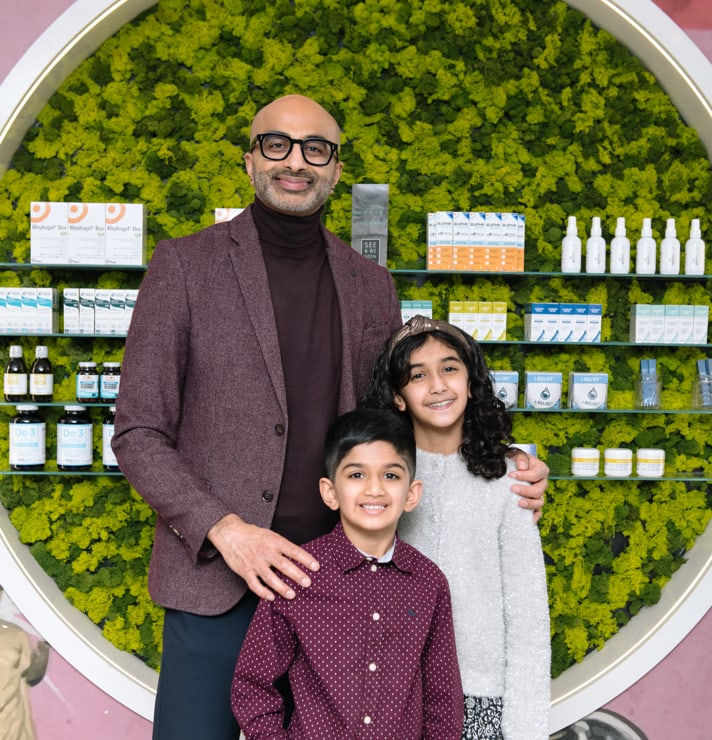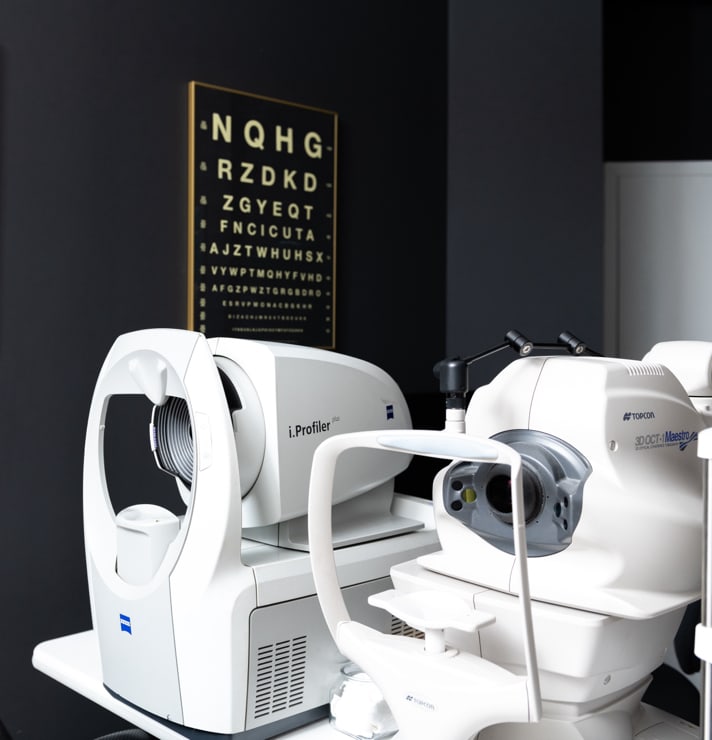Eye discomfort can be debilitating when it comes on suddenly, especially if there’s pain that makes it difficult to focus on anything else. One such issue is styes, a minor bacterial infection, that can cause painful bumps on the eyelids.
Fortunately, styes typically only last for 1 week and will go away on their own, though the exact time can vary. In some cases, your optometrist may be able to prescribe medication to help make healing faster and easier. Getting an eye exam is important any time an issue is affecting your eye that causes serious discomfort or doesn’t go away on its own.
When you visit us, our caring doctors can diagnose the issue affecting your eye, answer your questions about it, and help you make the right choices for a safe recovery.
What Is a Stye?
A stye, medically known as a hordeolum, is a common eye condition characterized by a small, red, and painful bump on or inside the eyelid. It occurs when the oil glands around the eyelid become blocked by dead skin, dirt, or bacteria.
Though styes are generally harmless and usually resolve independently, they can be highly uncomfortable and, in rare cases, may require medical attention.
What Are the Symptoms of a Stye?
The symptoms of a stye vary slightly depending on its location (external or internal), but common signs include:
- A red, swollen bump near the edge of the eyelid
- Pain or tenderness, especially when touching the affected area
- Increased tear production
- Crusting around the eyelid
- Sensitivity to light
- A sensation of a foreign object in the eye
Internal styes tend to form on the inner surface of the eyelid and may cause additional discomfort or irritation due to the sensitive location.
What Causes a Stye?
Styes typically result from a bacterial infection. Factors that can increase your risk of developing a stye include:
- Poor eyelid hygiene
- Frequently touching your eyes with unclean hands
- Using expired or contaminated eye makeup
- Wearing contact lenses without proper sanitation
- Blepharitis (chronic eyelid inflammation)
Identifying and minimizing these risk factors is key to reducing your chances of developing future styes.
Are There Risks from a Stye?
Most styes are minor, self-limiting conditions. However, complications can arise if they are left untreated or mishandled. Potential risks include:
- Chalazion: If a stye doesn’t drain properly, it may harden into a larger, painless lump called a chalazion.
- Cellulitis: In rare cases, the infection may spread to other tissues around the eye, leading to cellulitis, which requires prompt medical attention.
- Recurrent Styes: Repeated episodes may suggest underlying issues such as skin conditions or chronic blepharitis.
Seek medical care if you experience worsening pain, swelling, or vision disruption.
How Long Does a Stye Last?
The duration of a stye depends on factors like its severity and whether it’s treated promptly. On average:
- With Minimal or No Treatment: A stye may last 7–10 days before resolving naturally. The pain should subside as the stye begins to drain.
- With Proper Treatment: In some cases, recovery may be shortened to approximately 3–5 days when home remedies or medical interventions are applied.
Healing Stages of a Stye
A stye typically goes through four stages:
- Appearance: A small, red bump initially develops near the edge of the eyelid.
- Swelling: The area becomes more inflamed and tender as pus accumulates.
- Drainage (optional): Some styes may form a small head and drain naturally. Never attempt to squeeze or pop it!
- Recovery: The swelling and redness subside, leaving the eyelid to heal.
Home Care for Styes
Support your recovery and comfort with these simple home remedies:
- Warm Compress: Apply a warm, clean compress to your eye for 10–15 minutes, 3–4 times daily. This can help the stye drain and reduce swelling.
- Avoid Touching or Squeezing: Touching the stye can spread bacteria and worsen the condition.
- Eyelid Hygiene: Gently clean your eyelid with a diluted solution of baby shampoo or a specialty eye-cleaning wipe.
When to See a Doctor
If your stye persists beyond two weeks, becomes unusually painful, or significantly impacts your vision, you should consult an eye care professional. Additional signs, such as spreading redness or fever, require prompt medical attention.
Stye Treatment Options
For particularly stubborn or recurring styes, advanced treatment options may be necessary. Here are three popular methods:
IPL Therapy
Intense pulsed light (IPL) therapy is traditionally used for skin conditions, but it has proven effective in managing styes linked to meibomian gland dysfunction. The gentle pulses of light reduce inflammation and clear blocked glands.
RF Therapy
Radiofrequency (RF) therapy uses gentle heat to stimulate the drainage of clogged glands, alleviating stye symptoms and promoting better overall eyelid health.
LipiFlow Thermal Pulsation
This specialized treatment combines heat and gentle pressure to unblock meibomian glands. LipiFlow is often recommended for those who experience recurring or severe styes.
How to Prevent a Stye
Prevention is the best way to keep styes at bay. Incorporate the following practices into your daily routine:
- Practice Good Eyelid Hygiene: Regularly clean your eyelids using a warm washcloth or specialized eye wipes.
- Wash Your Hands Frequently: Always wash your hands before touching your eyes or applying makeup.
- Be Mindful of Makeup Usage: Avoid sharing eye makeup, replace mascara every three months, and always remove makeup before bed.
- Care for Contact Lenses Properly: Clean and store your lenses according to your eye care professional’s recommendations.
- Address Chronic Conditions: Discuss long-term management strategies with your doctor if you have blepharitis or other eye conditions.
Regain Comfort Quickly & Confidently
A stye is often a minor inconvenience, but prompt self-care and effective preventive measures can make all the difference in recovery time and recurrence. If you’re dealing with recurring or severe styes, See & Be Seen Eyecare can help.
Contact us today for a consultation about advanced treatment options like IPL or LipiFlow.

